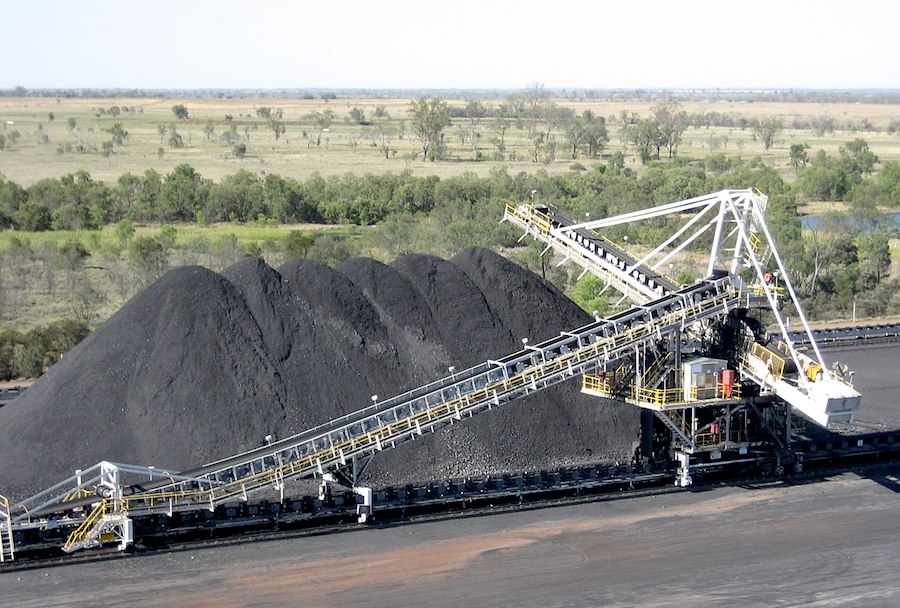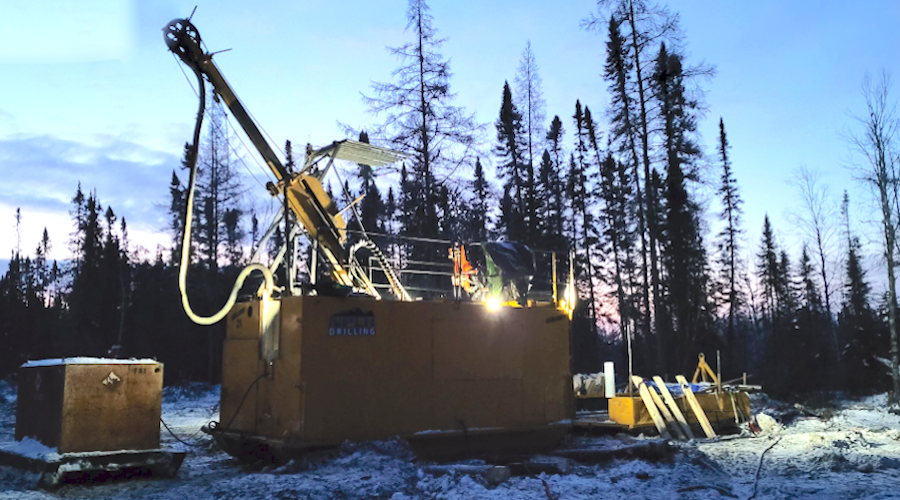Rio Tinto fully out of coal sector with $2.25bn Kestrel mine sale

Mining giant Rio Tinto (ASX, LON:RIO) has agreed to sell its Kestrel coal mine in Australia to private equity manager EMR Capital and Indonesian coal company Adaro Energy, in a deal worth $2.25 billion.
The transaction makes of Rio Tinto the first major miner to exit the coal industry, and comes only a week after it announced the $1.7 billion-sale of its Hail Creek Mine, also in Australia, to Glencore, as well as an undeveloped project in Queensland to Whitehaven Coal for $200 million.
The sale of its 80% stake in Kestrel brings the total amount Rio Tinto has collected with the latest three coal sales to $4.15 billion, which it said would be used for “general corporate purposes.”
According to analysts at Wood Mackenzie, it could also unlock potential coal output that would have likely been delayed under Rio Tinto’s ownership given competing portfolio interests, the said in a note Wednesday.
The sale of its 80% stake in Kestrel brings the total amount Rio Tinto has collected with the latest three coal sales to $4.15bn.
“I would like to thank the many people at Rio Tinto and the communities where we operate, whose hard work and commitment has contributed to the success of the coal business over many years,” chief executive Jean-Sébastien Jacques said in the statement.
Since announcing the company’s decision to exit the coal sector last year, the executive has repeatedly said that Rio was not turning its back to coal because of environmental concerns, but because it had better investment opportunities in iron ore, copper, aluminum and bauxite. Indirectly, however, the company still has some ties to coal, as it’s planning to build a power plant for its giant Oyu Tolgoi copper and gold mine in Mongolia.
Under his direction, the company has focused on cutting costs, generating cash and returning as much of it as possible to investors through dividends and share buybacks.
The strategy helped Jacques announce last month a record dividend as 2017 profit hit a three-year high. It was his first annual report as Rio’s CEO, as he only took over from former boss Sam Walsh in July 2016.
Cloud on the horizon
Despite the financial success, the miner is facing hard times as is still battling reputational damage brought by a series of incidents, including a probe into a questionable payment made to an external consultant over the Simandou iron ore project in Guinea.
It is also facing fraud charges from the US Securities and Exchange Commission (SEC), the country’s top securities regulator, related to the miner’s and two former executive’s alleged covered-up of multi-billion-dollar losses on a coal investment in Mozambique, allegations which the two men and the company deny.
Rio has also been recently accused of dodging $700 million in taxes at its massive Oyu Tolgoi copper and gold mine in Mongolia.
The company said the Kestrel deal was subject to regulatory approvals and was expected to be completed in the second half of 2018.
More News
{{ commodity.name }}
{{ post.title }}
{{ post.date }}




3 Comments
Richard Harkinson
except that it’s not, not even just out of thermal coal. It owns coal in Mongolia and will build a coal-fired power plant so that it can expand its copper concentrator desert plant, from where it exports 30% concentrates into the buyers’ market of China.
MINING.com Editors
You’re somehow correct, but Rio Tinto does not own coal operations in Mongolia (just PLANNING to build a coal-fired power plant for Oyu Tolgoi), and by selling the last of its coal mines, it’s technically out of the sector as a miner, not as a consumer.
Richard Harkinson
I read your alternative capex arguments, but the move out of coal in Australia has several drivers- including not winning contested permit processes.
In its timing certainly the moves have other significance,
It is hugely symbolic – to ‘exit coal’ -to head off the small investors drive to get RT [similarly BHP] out of the climate-change denying, anti-tax campaigning and more than two nuclear mines advocating lobby group, the Minerals Council of Australia.
MCA also drives, along with the Australia-India mining partnership [RT and Adani chaired], the push against central Labor Party opposition to the permitting and subsidising of Adani’s huge opencast Queensland coal mine. Several large banks have pulled out of funding that.
That will also be a huge contributor to the increased threats to the Great Barrier Reef, as is RT’s switch of its expanding bauxite to alumina plant traffic- from rail across the south of the Gulf of Carpentaria -to increased distance sea transport to Gladstone.